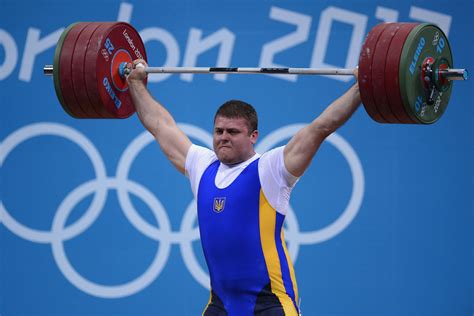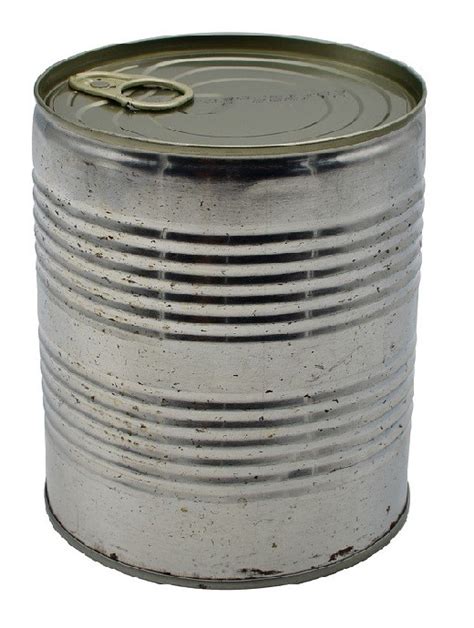Optimize your workout split for muscle growth, strength, and peak daily energy?

The Blueprint for Performance: Why Your Workout Split Matters
In the quest for a sculpted physique, formidable strength, and sustained vitality throughout your day, the structure of your workout routine – specifically your workout split – is a critical, often underestimated, variable. It’s not just about what exercises you do, but how you organize them across your week. An intelligently designed split can be the difference between stagnating progress and consistent gains, perpetual fatigue and boundless energy.
This article will delve into the science and strategy behind optimizing your workout split, ensuring you’re not only hitting your muscle growth and strength targets but also waking up energized and ready to tackle each day.

Understanding the Core Principles of Workout Splits
A workout split refers to how you divide your training sessions throughout the week, determining which muscle groups you train on which days. The goal is to provide adequate stimulus for growth and strength adaptations while allowing sufficient recovery time for both the trained muscles and your central nervous system. The optimal split balances training frequency, volume, and intensity with your individual recovery capacity and lifestyle demands.
Common Workout Split Philosophies
Full Body Training
Training your entire body in each session, typically 2-3 times per week. This approach offers high frequency for each muscle group, which can be excellent for muscle protein synthesis and strength gains, especially for beginners and intermediates. It’s also very efficient if you have limited gym time. However, overall volume per muscle group per session must be moderate to avoid excessive fatigue and ensure recovery for the next session.
Upper/Lower Split
This split divides your training into upper body days and lower body days, usually performed 4 times a week (e.g., Upper, Lower, Rest, Upper, Lower, Rest, Rest). It allows for higher volume per muscle group than a full-body routine and provides more specific recovery for each region. This split is excellent for balancing muscle growth and strength while managing energy levels effectively, as different body parts are taxed on different days.

Push/Pull/Legs (PPL) Split
A highly popular and effective split, PPL divides your workouts into three categories: ‘Push’ muscles (chest, shoulders, triceps), ‘Pull’ muscles (back, biceps), and ‘Legs’ (quads, hamstrings, glutes, calves). This split is often run 2 times per week for each category, leading to 6 training days (e.g., Push, Pull, Legs, Push, Pull, Legs, Rest). It allows for significant volume and intensity for each muscle group, excellent for hypertrophy and strength, with ample recovery for opposing muscle groups on alternating days. This can be very demanding but highly rewarding.
Body Part Split (Bro Split)
In this classic bodybuilding split, each major muscle group (or two small ones) is trained on its own dedicated day, usually once a week (e.g., Chest day, Back day, Leg day, Shoulder day, Arm day). While it allows for extremely high volume for a single muscle group, the lower frequency can be a drawback for optimal muscle protein synthesis, especially for natural lifters. It often requires careful planning to ensure enough total weekly volume and may not be ideal for peak daily energy due due to longer recovery times for specific muscle groups if not managed properly.

Key Factors for Optimizing Your Split
Training Frequency: The Driver of Adaptation
Research suggests that training a muscle group 2-3 times per week is generally optimal for both muscle growth (hypertrophy) and strength. Splits like Full Body, Upper/Lower, and PPL naturally facilitate this higher frequency. A higher frequency allows for more opportunities to stimulate muscle protein synthesis and practice movement patterns, leading to faster adaptations.
Volume and Intensity: The Stimulus for Change
Volume (sets x reps x weight) and Intensity (how heavy the weight is, or how close to failure you train) must be appropriately matched to your split and recovery capacity. Too much volume or intensity without adequate recovery will lead to overtraining, fatigue, and diminished daily energy. Too little, and you won’t stimulate growth. The sweet spot is individual, but a well-designed split helps distribute this load effectively.
Recovery: The Unsung Hero of Progress and Energy
Muscles don’t grow in the gym; they grow during recovery. This includes sleep, nutrition, and managing stress. An optimized workout split inherently considers recovery by ensuring that muscle groups or movement patterns aren’t overtaxed on consecutive days. Adequate recovery is paramount not only for muscle repair and growth but also for maintaining high energy levels outside the gym. If your split leaves you constantly drained, it’s counterproductive.

Building Your Optimal Split: Personalization is Key
There is no single “best” workout split for everyone. Your ideal split depends on several factors:
- Training Experience: Beginners often thrive on full-body routines due to high frequency and lower volume. More advanced lifters might benefit from PPL or Upper/Lower for higher per-session volume and specificity.
- Time Availability: If you can only train 3 days a week, a full-body split is perfect. If you have 4-6 days, Upper/Lower or PPL could be more suitable.
- Recovery Capacity: Factors like sleep quality, nutrition, stress levels, and age significantly impact your ability to recover. Be honest about yours.
- Specific Goals: Are you primarily focused on strength (e.g., powerlifting), hypertrophy (bodybuilding), or a balance of both?
- Enjoyment: The best split is the one you can stick to consistently.
Start with a proven split (like Upper/Lower or PPL) and be willing to adjust based on your body’s feedback. Pay attention to your performance, energy levels, and overall well-being. If you’re consistently sore, fatigued, or seeing stalled progress, it might be time to re-evaluate your split or recovery strategies.

Conclusion: The Art of Intelligent Training
Optimizing your workout split is an art backed by science. It’s about strategically distributing your training load to maximize muscle growth and strength adaptations while safeguarding your recovery and ensuring you maintain peak daily energy. By understanding the different split types, considering key factors like frequency and volume, and most importantly, listening to your body, you can craft a training schedule that not only helps you achieve your fitness goals but also enhances your overall quality of life. Experiment, learn, and adapt – your ideal split is waiting to be discovered.







